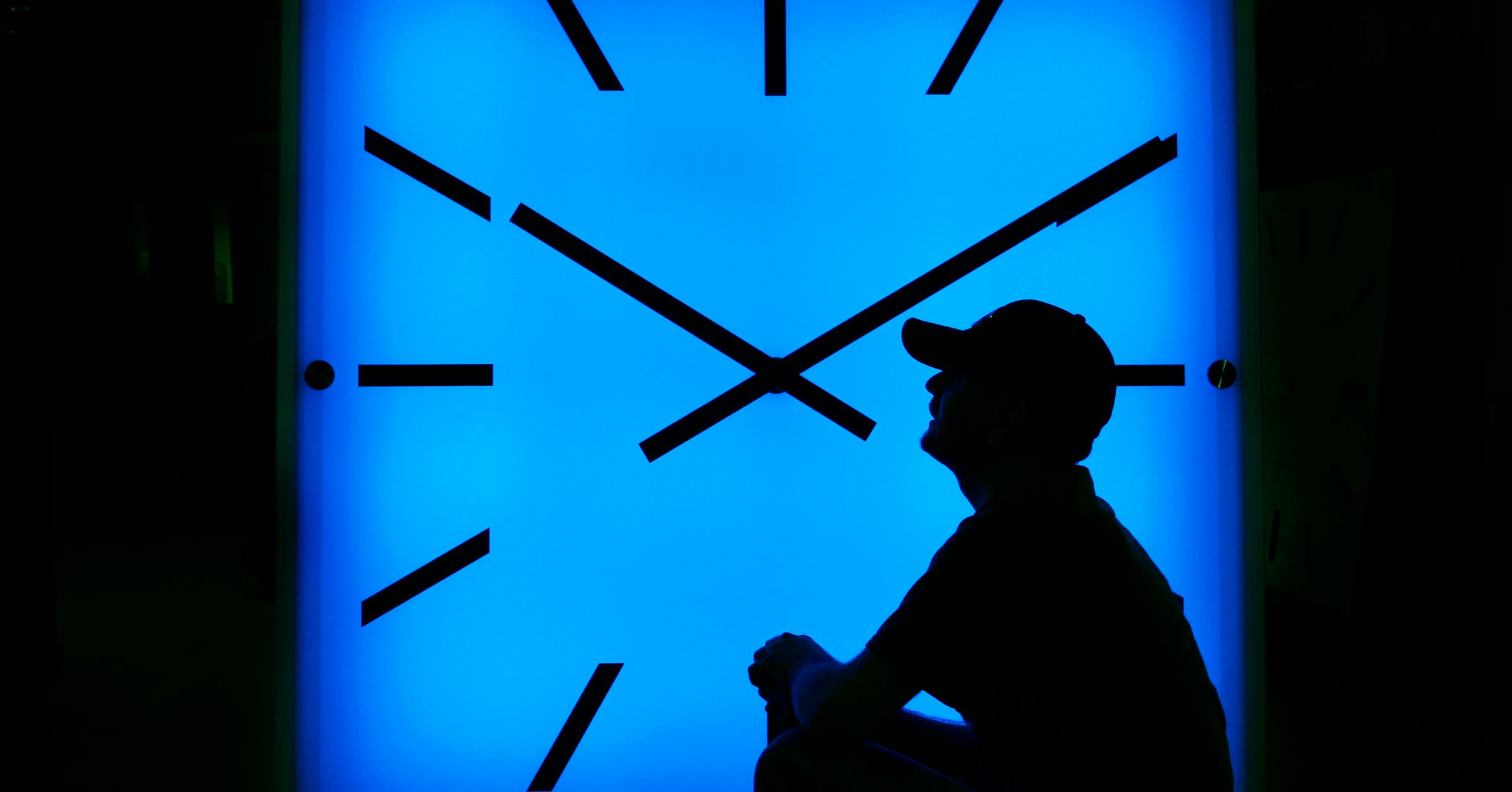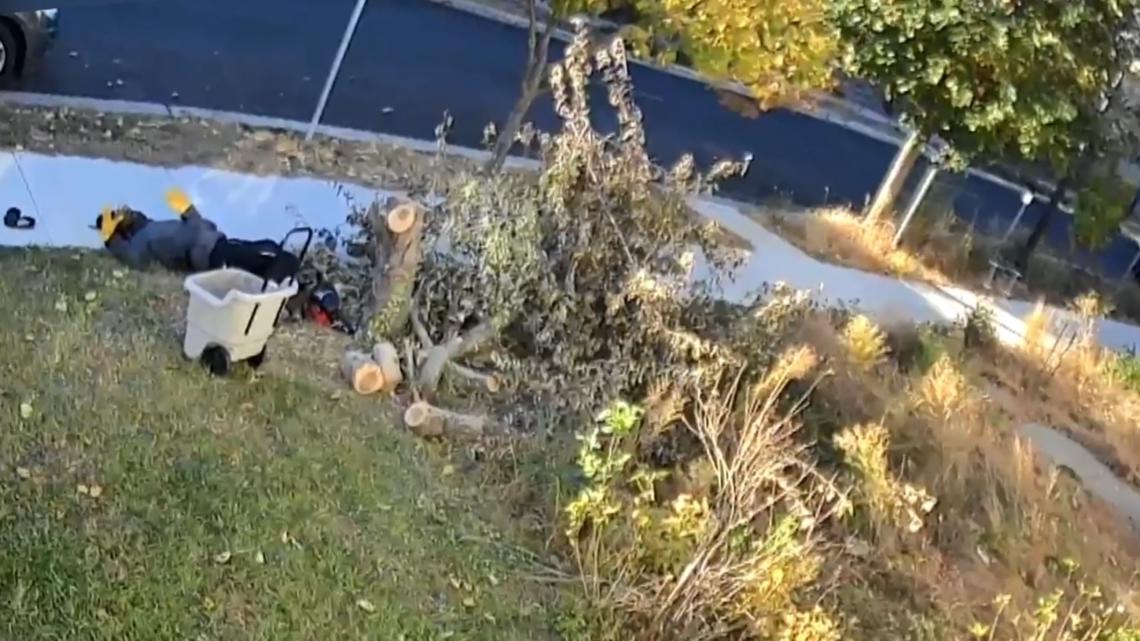Star Tribune
Minnesota family that lost home to fire loses another house in flood

A family in southwest Minnesota is struggling to pick up the pieces after losing two homes in less than a year — one to a sudden fire and one to recent floodwaters.
Curtis and Karla Ray said their first house in Slayton burned down in November and recently was demolished. They moved to a second house in Windom, which flooded in June’s historic floods and will need to be torn down.
The family is now living in a third house, which also flooded.
“We’ve had a little bit of a rough stretch,” Curtis Ray said Tuesday.
The family is one of thousands of Minnesotans hit hard by historic rains in June, which caused flood damage in 47 counties.
The Ray family at the time of the floods in late June was in Windom, where heavy rains caused the Des Moines River and Perkins Creek to overflow.
They were in Windom because their home in Slayton, some 30 miles west, burned down seven months ago. The sudden fire in the afternoon of Nov. 11 destroyed the entire property and almost all their possessions, Curtis and Karla Ray said Tuesday.
After the fire, the family moved into a house in Windom that Curtis Ray had inherited after his father’s death.
Curtis Ray, who hauls livestock, and Karla, who works as a county assessor, have three children and six dogs.
They were staying at their home on Cottonwood Lake in Windom when the floodwaters began rising in mid-June.
“The water came up all at once, it went into the patio, into the house,” Curtis Ray said. “Within eight hours, we had standing water, we were on an island.”
The flood destroyed sentimental mementos the family had saved from the fire, the couple said.
Karla Ray recalled the moment she walked into the garage and saw water soaking and overturning their boxes of memories — her oldest child’s soccer and wrestling pictures, her middle child’s 3rd grade graduation certificate, Mother’s Day cards to her over the years.
“I knew the few things that we had saved were going to be destroyed,” Curtis Ray said. “It makes you sick.”
The home in Windom is now unlivable due to mold and damage to the structure, Curtis Ray said.
The family is now living in another house in Slayton, which they bought in March. That house also flooded, and Curtis Ray said he believes he must “totally gut the basement there” though the house is still livable.
The Ray family said they are grateful to the volunteers who helped them during the flood. Windom had about 1,000 people help with sandbagging, cleanup, and giving out supplies, said Hilary Mathis, who helped coordinate volunteer efforts.
“The need for aid is far from over,” said Mathis, who had come to the Ray home to help sandbag. “There are many families that will need community aid after the water is gone.”
Curtis and Karla Ray said they struggled to make sense of the misfortunes their family has gone through in the last year.
When asked how she makes sense of all that’s happened, Karla Ray said flatly that she can’t.
Curtis Ray said he had time to reflect on losing his home when his house burned down in November, but to have it happen again is “trying,” and makes him wonder what comes next.
“You just gotta try to hold everything together and keep moving forward,” Curtis Ray said.
His tongue in cheek, he likened the last seven months to the Biblical plagues.
“We’ve got fires and floods, and now the mosquitos are coming in,” he said.
Star Tribune
This Rochester MN school police officer used to be a narcotics cop
Some take him up on it and fret when he’s not around.
“It is nice to be missed and be part of the school’s culture,” Arzola said. But mostly, he added, he wants kids to know that police aren’t around just for when the bad stuff happens. He’ll hand out his stickers and bracelets, even a trading card bearing his image. Then, they’ll talk about dogs and family.
School resource officer Al Arzola talks to students in his office at John Adams Middle School in Rochester on Oct. 11. (Leila Navidi/The Minnesota Star Tribune)
Two months ago, Rochester played host to a three-day training session for new SROs from across the state — an event organized by the Minnesota School Safety Center. On the final day, the 26 officers learned about surveillance challenges at the other school where Arzola works: Dakota Middle School.
It is a beautiful building with a scenic view. There is a lot of glass, too. Arzola, handling the role of instructor and tour guide, took the group outside and noted how one could look straight through the entrance to the large groups that gather inside. There were no curbs in front, either.
“There is nothing stopping any vehicle whatsoever from going through my front doors,” Arzola told the officers. “Law enforcement wasn’t talked to before this building was made. It was kind of like, ‘Here it is. You’re the SRO. Do what you do.’”
He showed them his office, too, which is separate from the main office and near those of other school support staff members. That makes sense, said Jenny Larrive, SRO coordinator for the Minnesota School Safety Center, given than SROs spend more time connecting with youth than on actual law enforcement.
Star Tribune
How Minnesota is recruiting poll workers in a divisive presidential election

“The basic rule in Minnesota is you cannot preemptively post law enforcement at a polling place,” he said. “A city can’t say, ‘Wow, Precinct Two, there’s a lot of intensity there, let’s just put a cop at the door.’”
Simon doesn’t go deep into the details on security, though. “I don’t want to give a total road map to the bad guys,” he said.
But testimony at the Capitol last year on behalf of the new law bolstering protections for election and polling place workers indicated there’s room for concern. One election worker was followed to her car by an angry voter; the head of elections in another county was called repeatedly on her home phone during off hours, and an official was lunged at by an aggrieved voter, forcing her to call the local sheriff.
Those who violate the law could now face civil damages and penalties of up to $1,000 for each violation.
The Brennan Center survey indicated more than four in 10 election leaders were concerned about recruiting enough poll workers due to threats of harassment and intimidation. This includes doxing — publishing a person’s personal information online in a threatening manner — and swatting, fake emergency calls that result in an armed response being sent to someone’s home.
“Election officials are working to prepare for everything right now,” said Liz Howard, director of partnership engagement at the Brennan Center. “More than 90% of election officials have made improvements to election security since 2020.”
Star Tribune
Daylight saving time ends next weekend. This is how to prepare for the potential health effects

The good news: You will get a glorious extra hour of sleep. The bad: It’ll be dark as a pocket by late afternoon for the next few months in the U.S.
Daylight saving time ends at 2 a.m. local time next Sunday, Nov. 3, which means you should set your clock back an hour before you go to bed. Standard time will last until March 9 when we will again ”spring forward” with the return of daylight saving time.
That spring time change can be tougher on your body. Darker mornings and lighter evenings can knock your internal body clock out of whack, making it harder to fall asleep on time for weeks or longer. Studies have even found an uptick in heart attacks and strokes right after the March time change.
”Fall back” should be easier. But it still may take a while to adjust your sleep habits, not to mention the downsides of leaving work in the dark or trying exercise while there’s still enough light. Some people with seasonal affective disorder, a type of depression usually linked to the shorter days and less sunlight of fall and winter, may struggle, too.
Some health groups, including the American Medical Association and American Academy of Sleep Medicine, have said it’s time to do away with time switches and that sticking with standard time aligns better with the sun — and human biology.
Most countries do not observe daylight saving time. For those that do — mostly in Europe and North America — the date that clocks are changed varies.
Two states — Arizona and Hawaii — don’t change and stay on standard time.
Here’s what to know about the twice yearly ritual.




